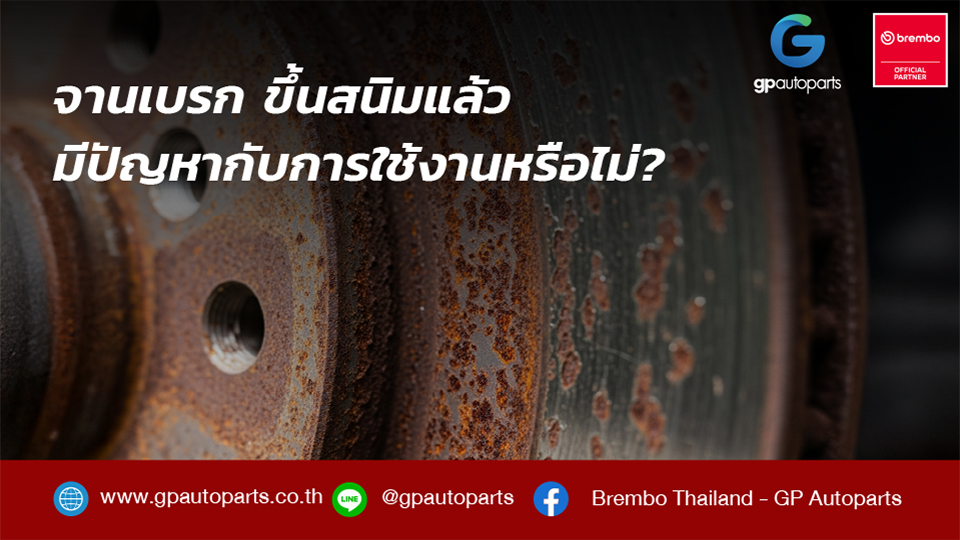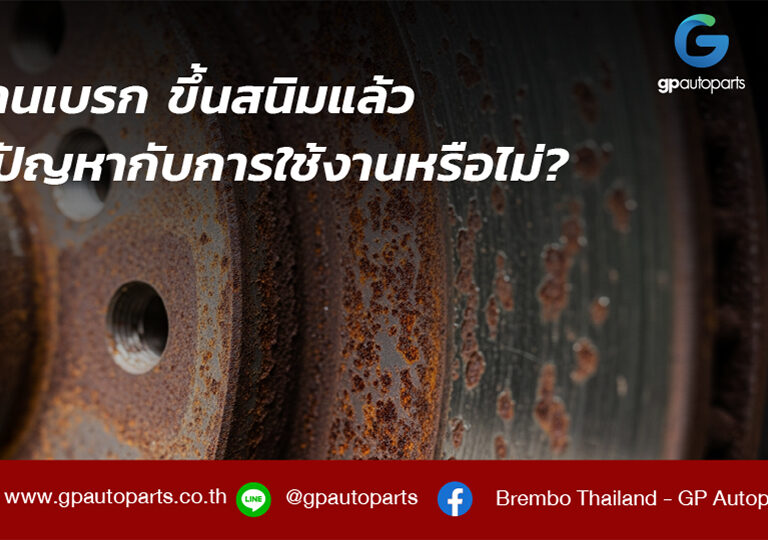
Does Rust on Brake Discs Affect Performance?
Orange rust stains on brake discs after exposure to moisture are a common occurrence. However, rust can be harmless or dangerous, and it’s important to know the two main types so you can identify which is safe and which is a warning sign that your car needs inspection. 1. Surface RustIf the rust is only light on the surface of the brake disc, it generally does not affect performance. When you drive and apply the brakes for the first few times, the rust will be scrubbed off by the friction from the brake pads, restoring the disc’s smooth surface. This type of rust is normal and not a cause for concern. 2. Deep or Pitted RustIf the rust is thick or deep and penetrates into the metal of the brake disc, it can cause problems such as brake noise, reduced braking performance, uneven brake pad wear, and brake pedal pulsation. This type of rust is often caused by leaving the vehicle parked for long periods and is a safety issue that should be addressed immediately. Prevention Tips: Use the brakes regularly to help keep the disc surface clean. Park in a dry, covered area to reduce direct exposure to rain and moisture. Avoid spraying oil or lubricants on the brake disc, as this can make the surface slippery and reduce braking efficiency. Solutions: Brake Disc Resurfacing – Removing the rough, rusted surface layer to restore smoothness, if the rust is not too deep and the disc still meets minimum thickness standards. Replacing the Brake Discs – The safest option if the rust is deep or the discs are worn below the manufacturer’s minimum thickness. Discs should be replaced in pairs (left and right) to maintain balanced braking. Rust on brake discs is not always dangerous. If it’s only light surface rust that appears temporarily, there’s no need to worry. However, if it’s deep rust that affects braking performance, consult a qualified mechanic immediately—because the braking system is essential to your driving safety.










